Memories made at AOSR are timeless. With alumni hailing from over 55 countries, our global legacy thrives. Our graduates shine as Olympic champions, Grammy laureates, esteemed professors, renowned authors, doctors, lawyers, and innovators. For every alumnus, the sentiment "Once a Falcon, always a Falcon" resonates deeply, as AOSR's spirit lingers eternally in their hearts.
Our Alumni Network Spans Over 57 Countries

1993-1995 Middle School - Madame Levine's trip to Paris, Mrs. Camosso's science classes (jumping jellybeans!), when Joe DiMagio visited our school... the Greek theater...
Carmen LG, 2 Years at AOSR
2010 European championship with the boys soccer team. The spirit and cohesion of the boys and girls teams was top. The coaching staff and all the players are special people. A season / experience that is very dear to me and all of the players
Anthony DeNicola
A lot unforgettable memories since grade 5 until Senior year, 2000 - 2008. Oh I do miss those days, the teachers, friends, the environment, school trips, sporting events, proms, concerts. Without any doubt I cherish memories throughout Senior year 2008, especially last school trip and graduation ceremony.
- Crishan Perera, Class od 2008
Countless memories at AOSR! Was there from 1st through 12th, 1989-2001! Booster bars, class trips, sport trips, hanging out in Mr. Ullman’s class to torment him (but all out of love, he is so deeply missed), cheering for games from the bleachers, being on the first cheerleading team, MUN, the fun in Madame Levine’s French class, chick embryo with Mrs. Hogan, friendships that are still strong today, 35 years later! All the best memories were created on Via Cassia!
Jennifer De Rosa Mercatante, 11 years at AOSR
Every minute of my two years teaching there from 2002 to 2004. From students , staff teaching colleagues and friends i made and still in contact with. And the booster bar and the wonderful desserts on teacher appreciation day.
Mar Tina, 2 years at AOSR
I am now an 82-year old college professor in retirement where I can indulge retrospections of the elements that have shaped me over the years. Chief among these were the years spent at (A)OSR from 1952 to 1954. I made real friendships with many other students. The spirit of the place is still very much like that of OSR in the 50s. So, you see, at OSR seeds were planted whose fruits no one could have then predicted. But I'm most grateful for how they have continued to nourish and sustain me. I hope my account captures a sense of what OSR did for me.
John, 1952-1954
I consider donations a way to acknowledge & honor what AOSR has made possible for me by means of classroom experiences, field trips & personal encounters. The school shaped a personal platform that enabled my getting into Yale for graduate work. 2 other schoolmates of my time in Rome also got Ivy League PhDs. I’ll bet they have similar testimonies.
John G, 1950's
I have so many when I was there. Like going to Model United Nations in Holland. Or the plays from the drama club. I was only there 1 year but enjoyed it. 97-98
AshleyJake Finley, 1 year at AOSR
Meeting my husband! Another AOSR teacher 😀❤️
Kate McKenna, AOSR Faculty
Mr. Hendry's theater classes and being in the Shakespear plays. I was there from 2011-2013
Sara Bo, 2 years at AOSR
MUN, AP English trips to London, cafeteria food that my kids swear I’m lying about, performing in Arsenic and Old Lace and Macbeth, Declarations, and of course - being a boarding student! (Graduated in 2000, attended 1998-2000)
Amitty Gray, Class of 2000
My time at AOSR was fantastic in every sense. Good friends,a lovely environment and the greatest teachers. Class of 70/71. Senior year.
Mercedes Avellaneda, Class of 1971
My time at AOSR was life changing. My experiences as a boarding student and a member of such a diverse and vibrant school community truly made such a deep impact on my life and how I would grow to understand the world around me. I miss the people and the delicious food (best cafeteria in the world)! Some of my favorite memories include bonding with friends at trips for away games at the various bases and rebooting the cheer squad. Go falcons!
Janah Valenzuela, 3 years at AOSR
Overnight field trips to Pompeii and Venice. Middle School, 1980-82. Absolutely magical experiences, and an amazing privilege. And of course I didn’t realize the magnitude of my good fortune at age 12/13, but I definitely appreciate it now!
Jim Blau, 2 years at AOSR
Pizza for lunch and the snack bar! Also loved sitting in the quad. I was in 6-8th grades from 1979-1982.
- Karen Lowe Pridey, 3 years at AOSR
Reading the posts here really make a guy feel old . I attended AOSR from 1960-1964 . I loved the school trips to all the great sites , from Sorrento to Venice. I lived in Rome from 1954 until 1964 and attended MM and NDI before transferring to AOSR . I treasured all the teachers and students I met there and am still in contact with many of them.
Michael MacKown, 4 years at AOSR
Resource classes with Mrs. O'brien, science classes with Mr. Ullman, trip to Prague with Mrs. Harris in my 7th grade, the Halloween day, May fairs... were all lots fun 1995 - 1997
Mercy Mgbe, 2 years at AOSR
School day trips with Mrs. Fabris to historical Roman ruins. I was at OSR from kindergarten through high school graduation in 1980.
Jon Biasetti, 12 Years at AOSR
Summer visits to the library to see Mrs Ricci. Helping with Mrs Prisco’s kindergarten while in Middle school, …. And so many more. I was there from 2nd grade till HS graduation in 1994. And some more after a day of reflection: Archeology digs on Sundays with Mr. Levin, 3rd grade trip to Greece with Mrs. Fabris, 1st period math with Mrs. Fiochi, 8th period Graphics in the Tower with Mr. Ceen.
LeAnn Faidley, 10 years at AOSR
Teaching at AOSR was by far the BEST years of my 24 years in education as a teacher and cheer coach! My fondest memories are traveling to basketball games on the bus rides to military bases and competing at Europeans for the Basketball and Cheerleading Championships! Coaching the cheer team will always be a huge piece in my heart! Go Falcons!! The lunch ladies never disappointed with their perfectly balanced lunches and always made sure all students and staff “mangiano bene!” And Egidio who always made sure our teacher copies were perfectly collated! 😍
Angela Natale Johnson, AOSR Faculty
The historical trips with Mrs. Giamanco. The ski trips to Termanillo were my favorite. I loved my English class with Mr. O’Grady. I graduated in 1967.
Phyllis Rumore Burt, Class of 1967
The trips with the volleyball and basketball teams. Those big buses and all the fun that was had on those road trips to all different bases all over Italy. I pre date the cell phone so we all played cards, read, talked… fabulous memories! I was there 94-96
Åsa Burnham, 2 years at AOSR
Trips with the soccer team to play against other schools, especially on the Military bases.
Zakaria Hobba
Upon graduating from AOSR, I moved to Boston, Massachusetts to pursue a Bachelor’s degree in Human Services at Northeastern University. After graduating from Northeastern University, I started at Suffolk University Law School and I am now a licensed attorney in Massachusetts. Not only did AOSR prepare me for the American curriculum in my undergraduate studies and in law school, but it gave me invaluable cultural experiences that have helped me advance in both my professional and personal life. I grew up in the AOSR community and spent 10 years experiencing different cultures and learning about differing opinions from all walks of life. I have a unique insight to how culture plays into a person’s life story, and how it impacts their development as an adult, because of the natural way that AOSR includes culture into everyday life. I was never truly aware of how unique this was until I left AOSR. I am grateful for my AOSR community helping me get to where I am today and cheering me on every step of the way.
Franzi, Class of 2012
We donated out of gratitude for the wonderful experience that our daughter had at AOSR.
Robert Chartener,A proud former parent of AOSR
We’ll never forget the sweetness and professionalism of Ms. Kristen and still resonate in my mind some very deep caring thinking about my son. And Jane Rumsby, love at first sight! Her innovative method , the passion for her job can’t be never forgotten
Ms.Rossetti, 2 Children at AOSR
Once a Falcon, Always a Falcon
View All Our Alumni Interviews
Contribute to the Future
Your charitable support allows AOSR to offer unparalleled opportunities to our students who will shape the world of our future. Donations- of any amount- signify a belief in AOSR and our Mission.
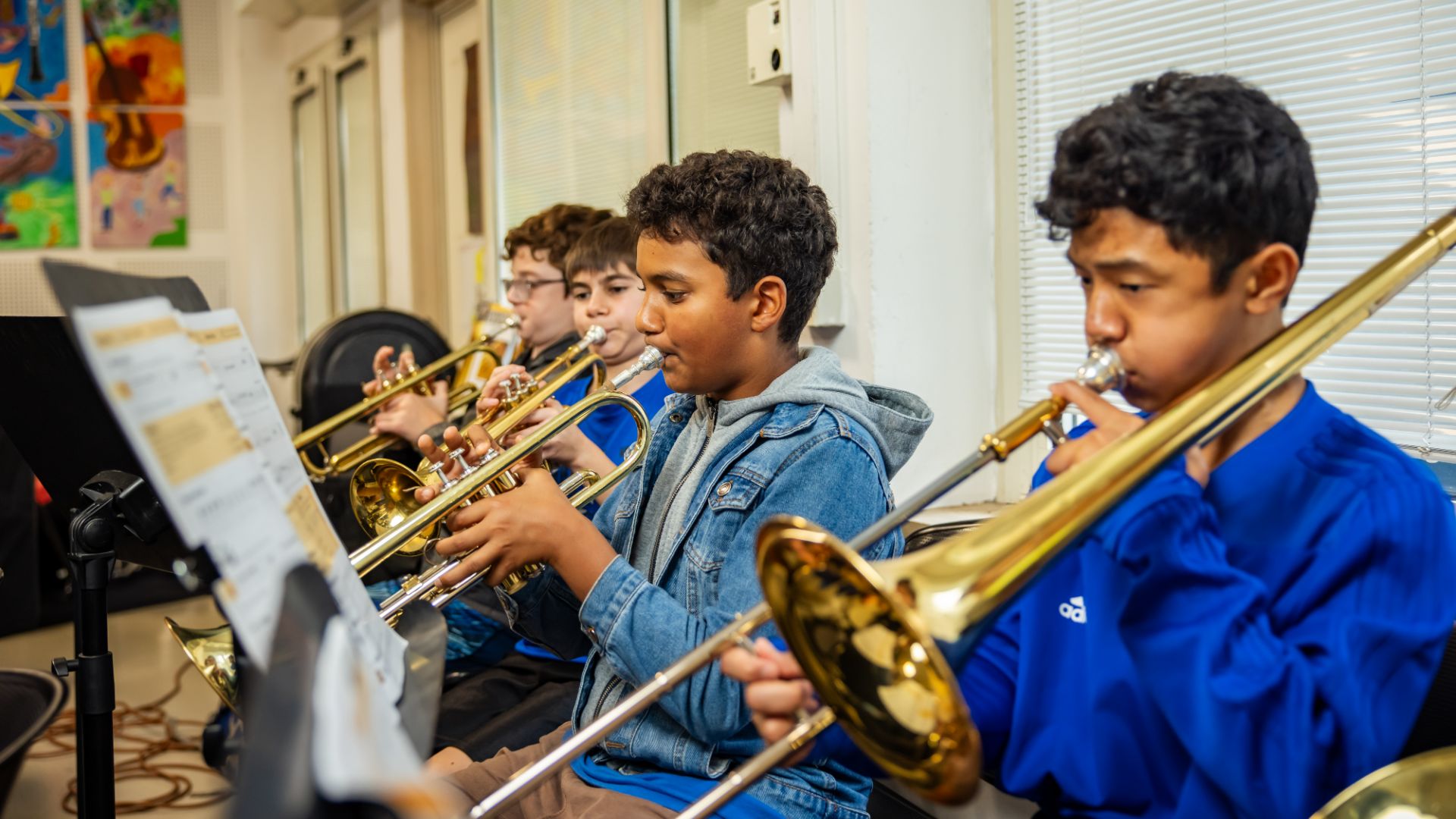
Make a difference
Supporting AOSR means making a lasting impact on our international community that you and your family will always be an integral part of. We are infinitely grateful to donors who create exciting opportunities and formative experiences for students now and for years to come. Giving to AOSR means investing in the present and future of our students.
Next Steps
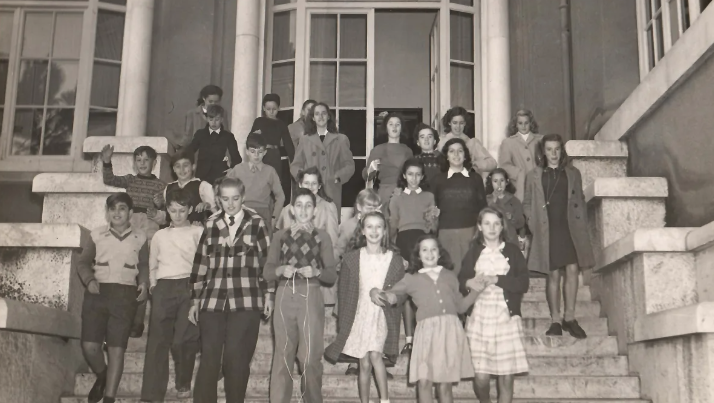
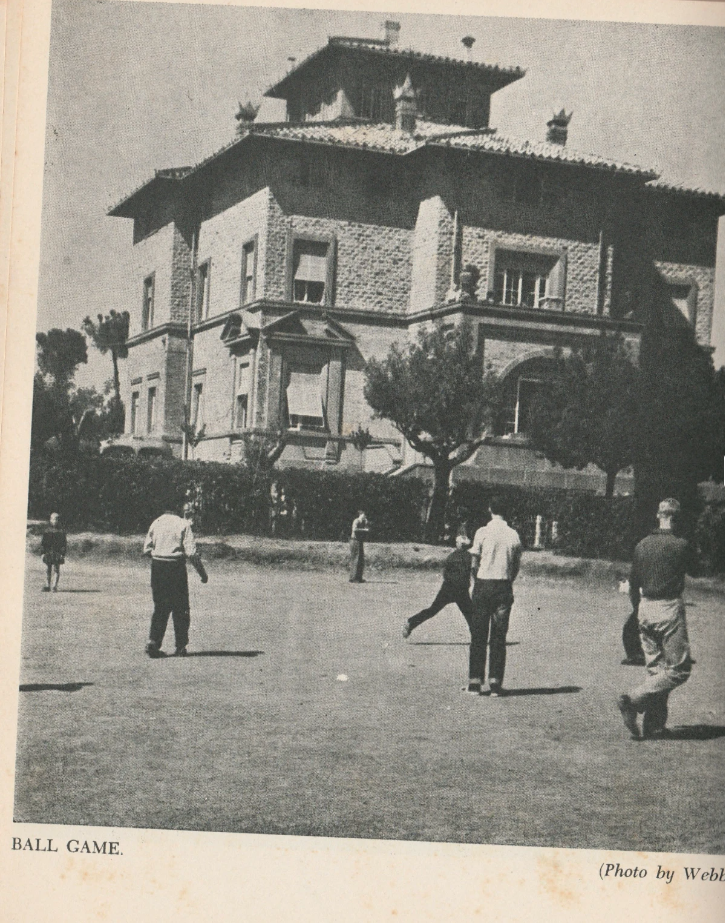
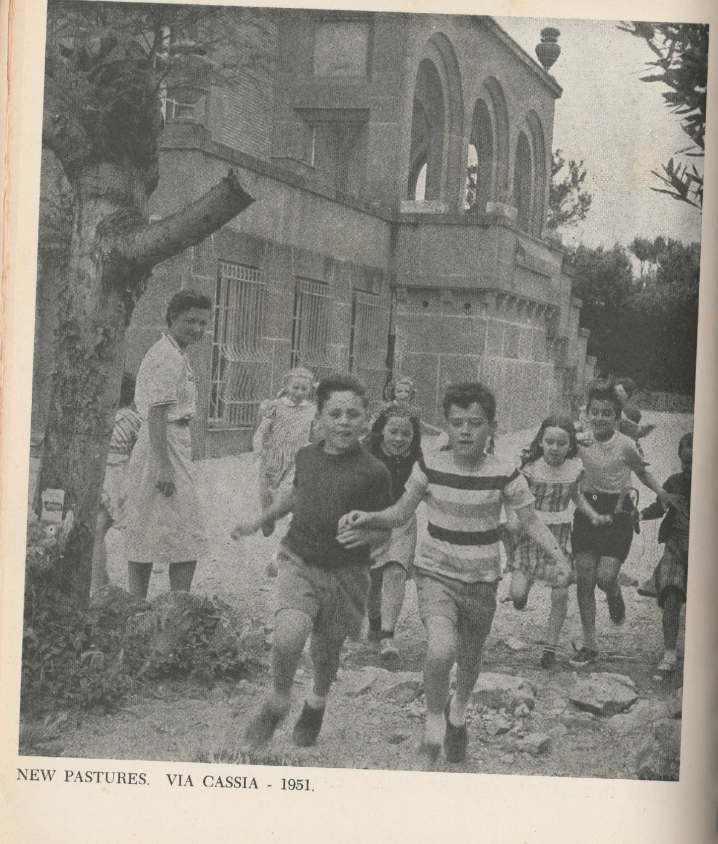
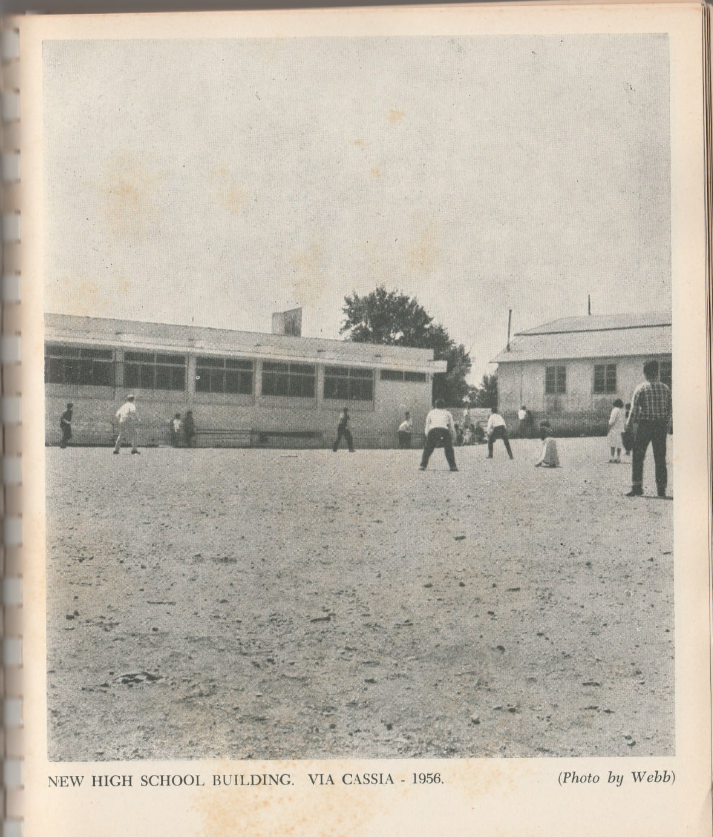
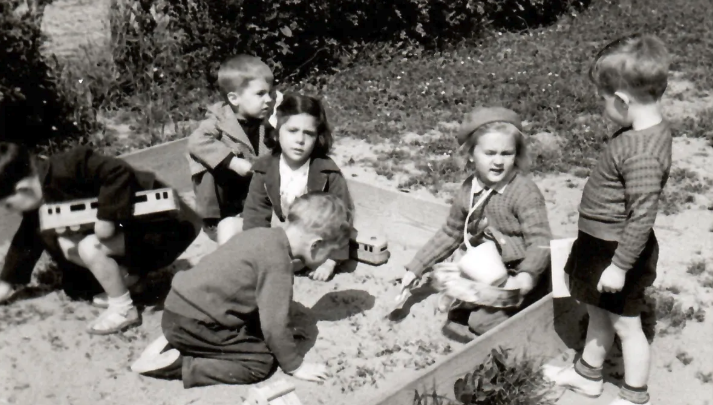
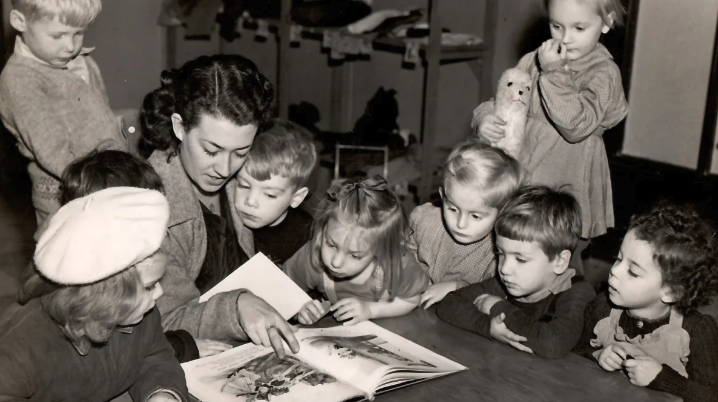
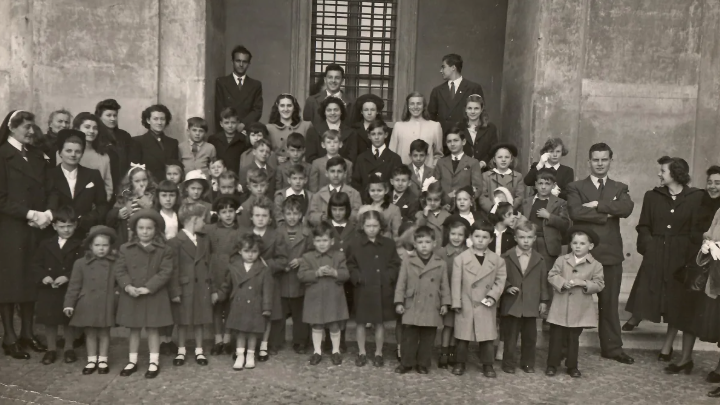
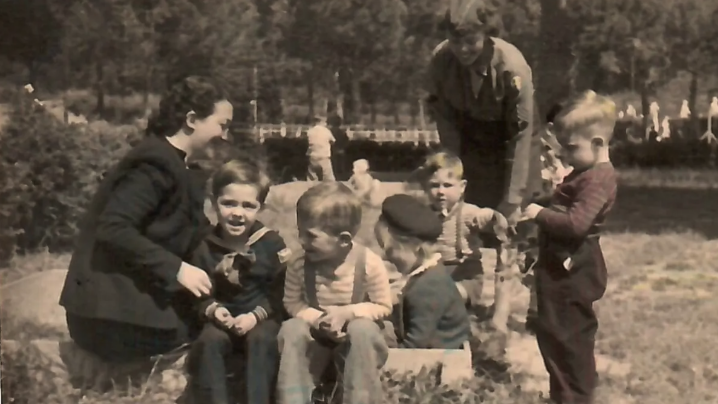
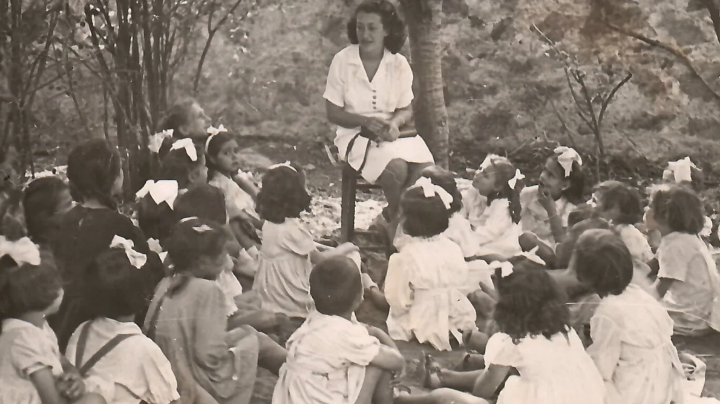
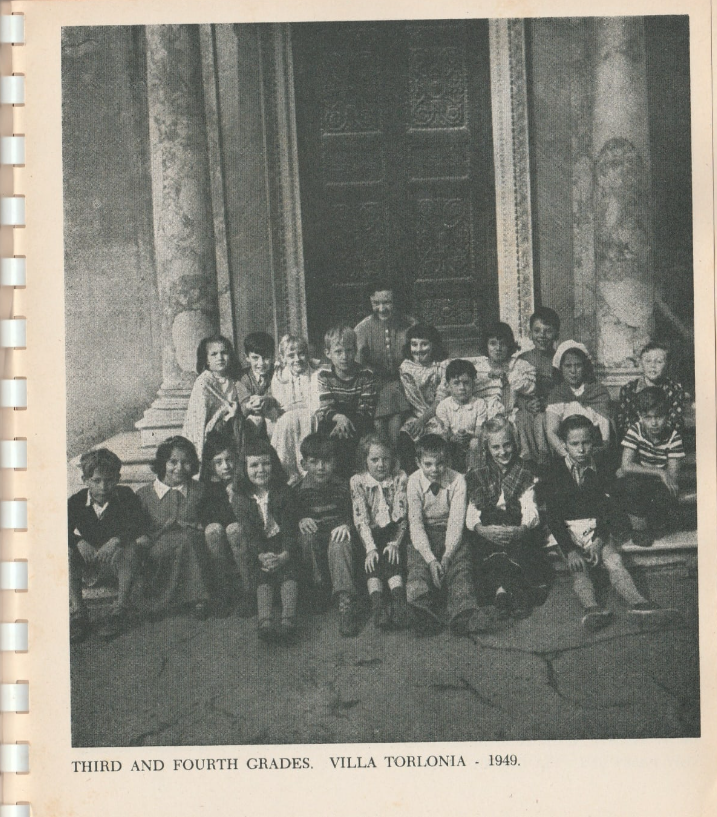
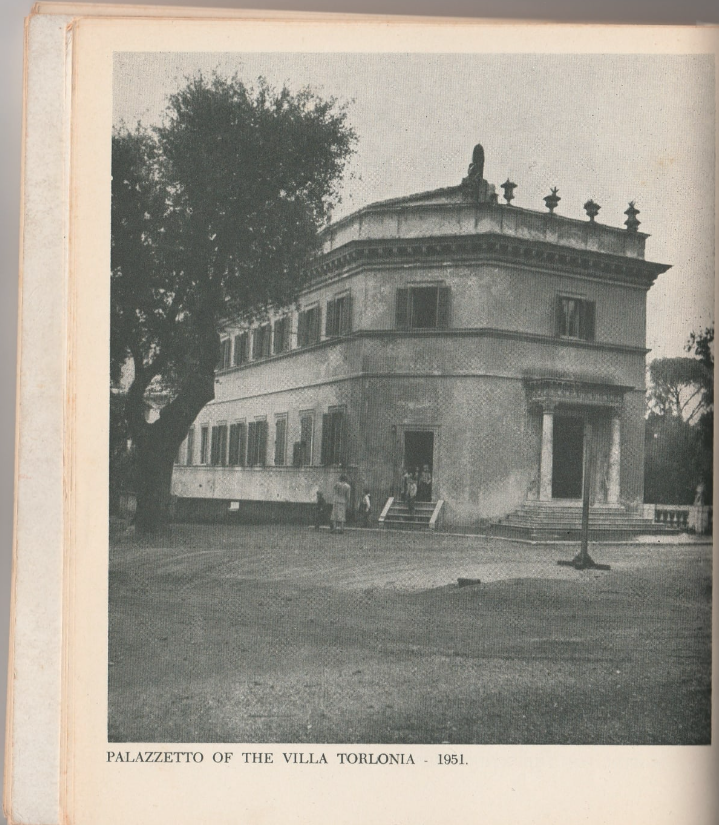
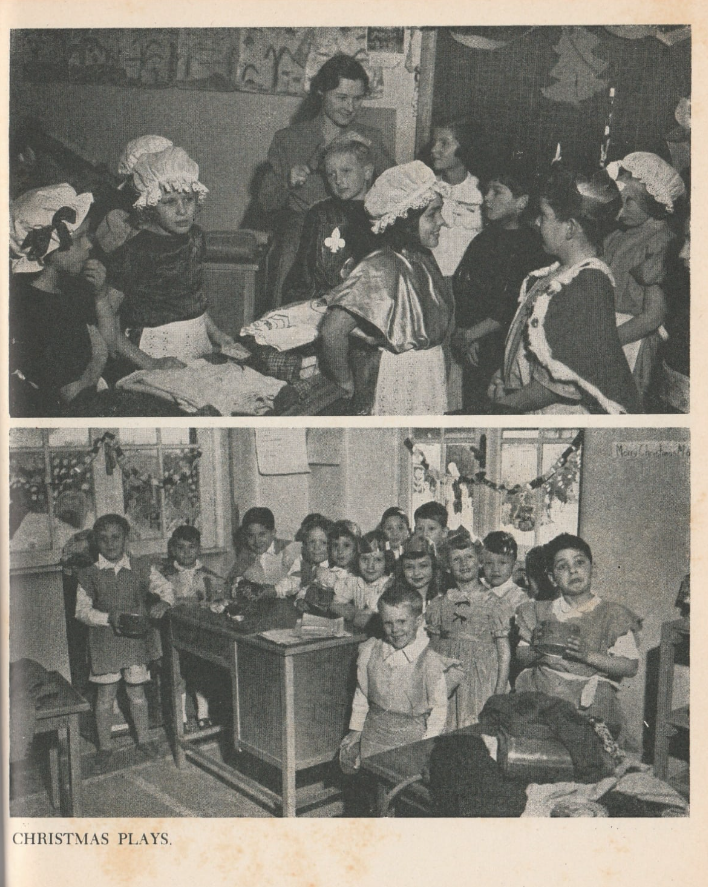
Looking back...
Susanna Beltramo daughter of Maria A. Cerreta, age 97 who was a member of the nursery school at the opening of the school in Rome after the second world war at Foro Mussolini, now Foro Italico.





